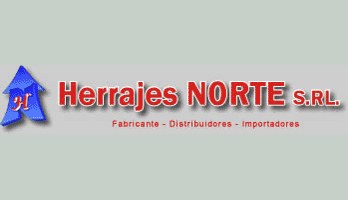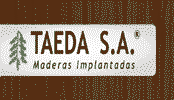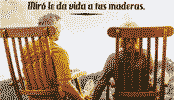
Did you know that the only “glass tree” in America is in Buenos Aires?
It is a native of Oceania, is 150 years old and is located in one of the largest parks in the country. In the heart of the Pereyra Iraola park, located in the province of Buenos Aires, there is a “crystal tree” that, over the years, has become one of the main tourist attractions of the place.
This gigantic specimen, which surprises with the diameter of its trunk and its crown, full of branches, has survived in the same place for the last 150 years.
And, although science and technology advances, when this “crystal tree” dies, the species will likely disappear from the continent.
What is the history of the only “crystal tree” in Argentina?
The only “glass tree” in America arrived in this area of the province of Buenos Aires in the mid-1870s, when Leonardo Higinio Pereyra Iraola returned to the country after a trip through Oceania.
That is, the Argentine worked to plant 12 specimens of this species, officially known as “Agathis Alba”, which is native to the aforementioned continent and, until now, was not present in ours.
Unfortunately, of all those planted, two reached adulthood and only one survived to this day in this giant natural property shared by Berazategui, Ensenada, Florencio Varela and La Plata.
Why is it called “crystal tree”?
One of the doubts that has lasted the most over time, in relation to this strange species, is the reason for its name.
So, thanks to historical records, it was proven that the “crystal tree” is called this way because it produces a special resin, capable of shining at night, like a precious stone would.
How is this very particular species protected?
The only “glass tree” in America is so special that extensive measures have been taken to protect the gigantic specimen, which shares the landscape with 36% of the superior plant species in Buenos Aires.
That is, the area where it is proposed receives permanent police surveillance. And, furthermore, its protection increased since it was declared a Natural Monument of the Province of Buenos Aires.
In any case, since the species cannot reproduce alone, it is likely that it will disappear from the continent when this single specimen dies.


IT MAY INTEREST YOU
 The city in South America that breathes thanks to a thousand olive trees planted in the 17th century
The city in South America that breathes thanks to a thousand olive trees planted in the 17th century
In the heart of South America there is a city that, among the noise and concrete, still breathes thanks to an olive forest
 Reforestation advances in the Historic Sanctuary of Machu Picchu with new restored hectares
Reforestation advances in the Historic Sanctuary of Machu Picchu with new restored hectares
The plan includes the planting of a thousand new trees in the sanctuary, in response to the damage caused by forest fires and environmental threats, with the support of local authorities and representatives of the tourism sector.
 The South American country that changes construction thanks to an ancient, mega-resistant material: more than steel
The South American country that changes construction thanks to an ancient, mega-resistant material: more than steel
This material that grows in South America creates the most resistant constructions and radically changes the world of architecture One particular building material has been used for millennia by various cultures in South America. This is due to its structural resistance that allows the creation of homes, bridges and shelters. Its archaeological presence shows that it was one of the most valued construction resources in seismic and humid areas.





















